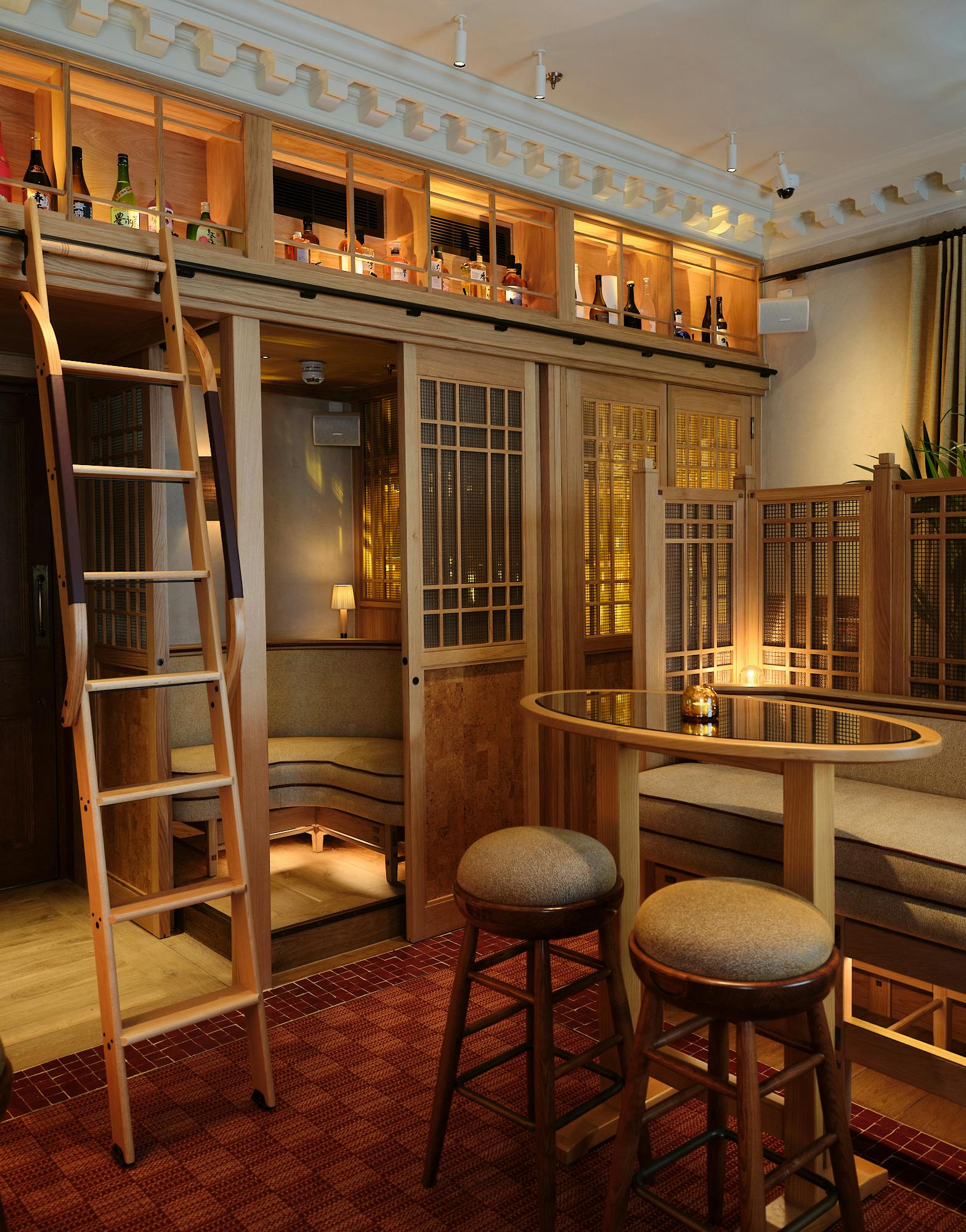
14 Aug 2020
The SPLASH

Kraftwerk 3D, photo by Peter Boettcher
The Outside Art Project
If you don’t fancy wearing a mask on your next trip to the gallery, The Outside Art Project is the one for you. Located in King’s Cross, London’s largest permanent outdoor gallery will showcase various exhibitions throughout the coming year and marks a new future for the capital's art scene. Displayed across 15 benches, each two metres apart (of course), artworks will be dotted around the space for visitors to engage with at their leisure. Completely free to view and always open, The Outside Art Project injects new life into an area left empty during the months of lockdown. The inaugural exhibition, Games We Play, “captures the joys of summer with a witty and subversive lens” and is now open. Featuring photography by the likes of Julie Cockburn, Luke Stephenson and Weronika Gęsicka, the exhibition creates the perfect opportunity for a socially-distanced cultural experience.

Camille Walala's installation in White City
Les Jumeaux
Another installation for those of us who would prefer to spend our time outside during London’s heatwave is Camille Walala latest installation in White City. The installation is in the form of vibrant and uplifting road crossings, called Les Jumeaux, or in English, ‘the twins’. The installation is in the New London Fabulous style and was commissioned by Stanhope and Mitsui Fudosan as part of the continued regeneration of the old BBC Media Village in West London. Walala said in a recent interview with Dezeen that she is ‘deliberately using colour and pattern to disseminate joy, positivity and pride to as many people as possible’ which is evident through the vibrancy and energy of her new installation. She has reflected the crossings surroundings through the geometry and blocks found in the piece while also using her own unique artistic style to bring a new landmark to the borough.

Tanaka’s miniature calendar
Tatsuya Tanaka’s Miniature Calendar
Disposable face masks, toilet paper and thermometers. All essential items that are synonymous with 2020, a year shrouded in safety, precaution, and staying indoors. But what if they could be repurposed and used to inspire the very opposite. What if they could spark the imagination and conjure up memories of happier more carefree times? Well that’s just what Japanese artist Tatsuya Tanaka’s ongoing series of work titled Miniature Calendar, aims to achieve. The work uses these 2020 essentials to build whimsical, miniature scenes that look to remind you of life before the lockdown. A folded mask serves as a swimming pool and the ocean waves, toilet paper descends from a wall holder inlace of a snowy ski slope and a thermometer outfitted with wheels transforms into a speedy race car about to careen around the track. In times such as these it sometimes really is the little things that can help bring a smile to your face.
For more of Tanaka’s miniature scenes head to Instagram, where he publishes a new piece daily.

Coral Carbonate 3D printed coral
Coral Carbonate
Coral Carbonate is a research project with a difference. Developed by US design workshop Objects and Ideograms the studio is in the business of 3D printing to create sustainable underwater "houses" for coral reefs and marine life to grow. These coral reefs are one of the most vulnerable ecosystems on Earth and the project intends to facilitate the restoration and proliferation of these underwater sanctuaries. The structures themselves are made from calcium carbonate and modelled on the form of natural coral skeletons, which are also made from the same material. Alex Schofield, the architect and design technologist who heads up Objects and Ideograms explains, "the goal of Coral Carbonate is to print the scaffold for a 'house' that biological organisms will inhabit and grow their own new homes and communities". What sets this project apart is that where other solutions currently available are often made from unsustainable, manmade materials, ‘Coral Carbonate’ uses those native to marine ecosystems. We’re still in the early days of what may be possible with 3D printing and with new innovations every year we wonder what other ecosystems might benefit from this technology.
- The SPLASH was brought to you by The SODA Team



